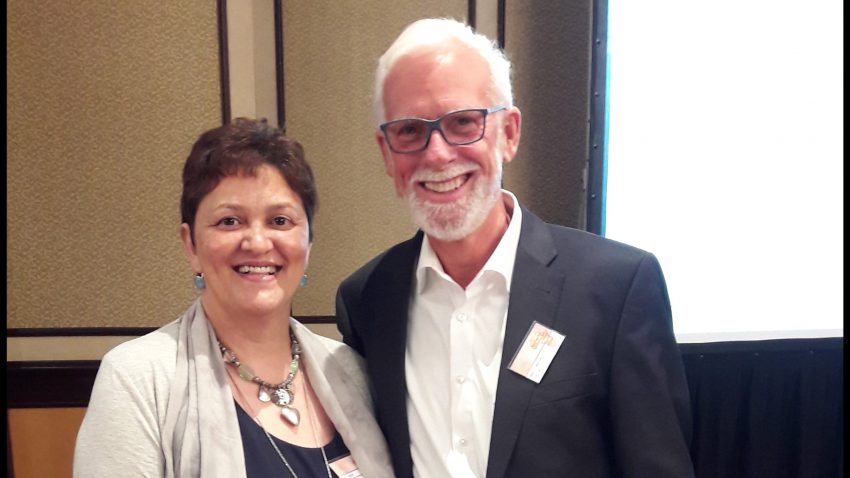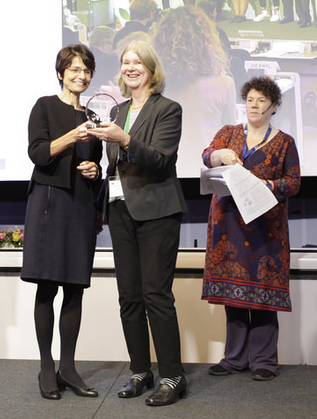Research of Elsbeth Spelt et al on interdisciplinary learning of student in higher science and engineering education has now been published in the European Journal of Engineering Education.
The research contends that students in the field of science and engineering need to work in interdisciplinary teams. As a consequence of this research is needed on teaching and learning of interdisciplinary thinking. In this study 615 student experiences were analysedusing the theory of Illeris who distinguishes three dimensions of learning: the cognitive, emotional, and social dimension. These dimensions are very relevant in interdisciplinary work and learning, as understanding and accepting theories, concepts and strategies of ‘other’ disciplines implies a knowledge component, feelings about other views and interactions with professionals with different views and interests. Students reported 214, 194, and 207 times on these dimensions, thus showing that these are indeed important. For each learning dimension, students identified key learning experiences of interdisciplinary learning, such as understanding, frustration, and engaging with peers. The study showed that students appreciated the cognitive dimension relatively more than the emotional and social dimensions, which reflects the real difficulty of interdisciplinary teaching and learning.
Full reference:
Spelt, E., Luning, P.A., Boekel, T. van, & Mulder, M. (2017). A multidimensional approach to examine student interdisciplinary learning in science and engineering in higher education. European Journal of Engineering Education, 42(6), 761-774.
The publication can be downloaded from the page Publication List.


